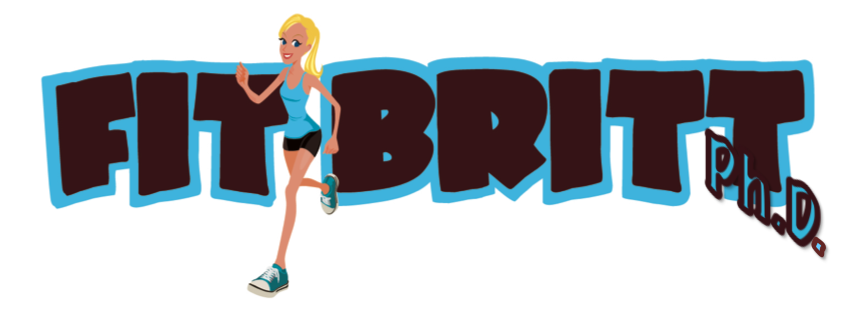I hope that I can help you to achieve your fitness/health goals. Whether by being an encourager, sharing tidbits of information, answering your questions specifically, putting you in touch with other professionals, etc. But it certainly takes a team of supporters to obtain the best results.
Who or what is holding you accountable? Here are a few ideas you might find helpful. Please feel free to comment if you have additional suggestions!
Who or what is holding you accountable? Here are a few ideas you might find helpful. Please feel free to comment if you have additional suggestions!
1. Write down your goals on paper, and make sure they are SMART (see previous post)
2. Tell at least 3 people you trust (friends, family, spouse) your goals. If you are willing, give them a written copy of your goals. Be specific in asking them for help. Let me tell you, my husband [love you GymJim!] tells me all the time he wants to start doing certain exercise programs - but I have learned that he does NOT mean he wants me to remind him about them! :)
If you are actually looking for help/support, be clear about that!
3. Keep a food diary. All fitness/health results will be affected by your nutrition. As much as I advocate exercise - I'll be honest, that is a very small component of your results compared to what you are stuffing in your body 16-24 hours a day. And of course, each goal will have different nutrition needs. I do not recommend to anyone to keep a food diary every day - that is too tedious. I log my food at least one day a week to check in and see if I am eating the right amount of calories, and also if it is broken down into the proper percentages of protein, carbohydrates, and fat. There are a lot of websites that offer free and/or inexpensive food logging. I am a member of a site called DotFit (through HFPN) that I think is really great, because it uses the database from CalorieKing and you can also add in your own food items, etc. (You also start by doing a questionnaire related to your goals, and it gives nutritional recommendations based on your goal). I can give you a 14 day trial for free, and this does not include taking any credit card information from you or anything. Just comment below or email fitbritt@gmail.com if you are interested.
4. Wear a pedometer. This is a very affordable way to get an idea of whether or not you are getting an appropriate amount of activity each day. You can get pedometers for around $5 or less (of course the more you spend, the better the quality will be, plus a few additional bells and whistles). All you do is clip it to your waist band like a pager, and let it count your steps throughout the day. I would encourage you to wear it for a few days without trying to change your activity, recording your number of steps at the end of each day. Then, gradually try to work up to 10,000 steps/day. Someone set that as the magic number for health... it equates to ~5 miles of movement a day, and can be pretty challenging to reach if you have a desk job! But definitely a good number to aim for.
5. Use a heart rate monitor. Now I will go back to proclaiming how important your exercise is. It might only be 30 minutes to an hour of your day, but you better get the most bang for your buck (or calorie burn for your time)! A good heart rate monitor will have a chest strap that you wear against your bare skin, and also a watch (or waist clip) that gives you a readout of your heart rate. I personally like Polar monitors, they are a very well known brand that can be purchased in sports stores as well as online. I think I'll save the details for where your heart rate should be during your workout for another blog post... I've got to keep you coming back for more (and this post is going to get long)!
6. Wear an ExerSpy! or a BodyBugg, or a GoWearFit, or any of the other brands by BodyMedia - they seem to be the same! (But I happen to own an ExerSpy that you can use if you are local... and I also happen to sell them). If you do not know what this is, you are missing one of my favorite posts and favorite items of all times. In addition to logging your food intake, this arm band tracks your calories burned, steps taken, intensity level, and sleep efficiency around the clock. A friend of mine just got one, and she mentioned that one of the things she likes about it the most is she knows how many calories to eat each day based on her activity level (which of course, may change from day to day).
7. Share your goals on FitBritt.com. I created a new page, linked at the top of this blog titled "Hold Me Accountable!" for you to post your goals on this site! Other readers will be able to see your post, provide encouragement, and follow your progress. They will also feed off of your motivation and learn from your trials. Who knows how many individuals you will be able to help! Is anyone brave enough to be the first to share??
I hope that you will find some of these suggestions helpful. Please comment below with additional tips to share!
Have a HEALTHY day!
~Fit Britt

